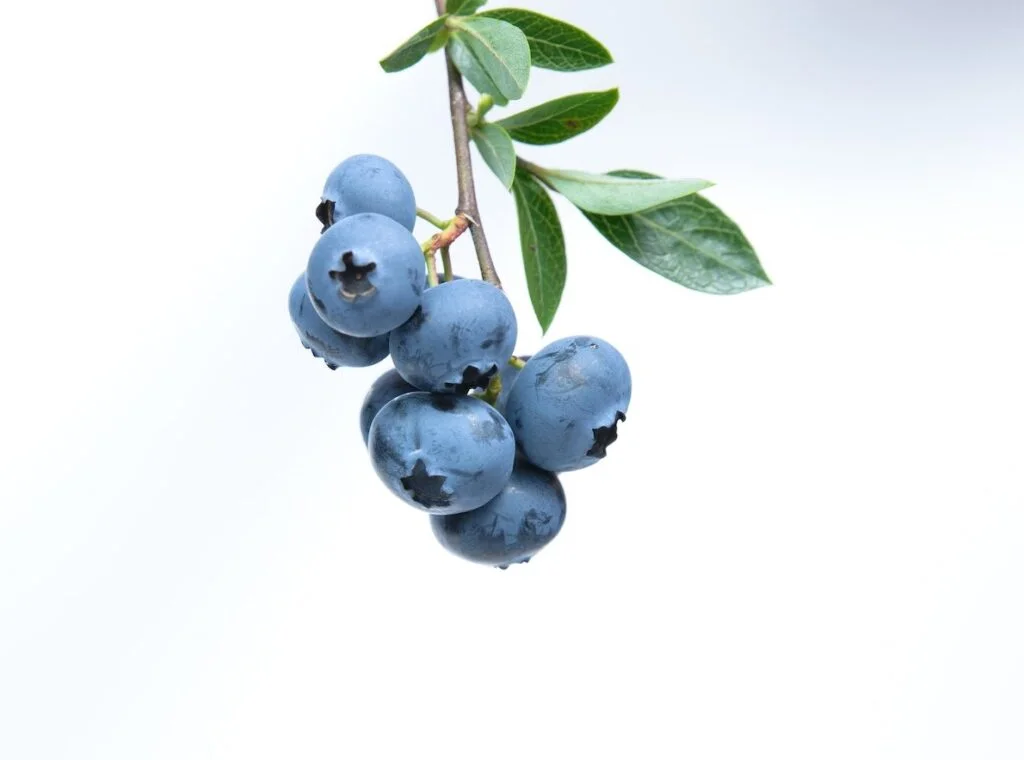The farkleberry is a shrub, the vaccinum arboretum, a part of the heath family. It grows naturally in the southeast and the south-central United States in the areas between Texas, Nebraska and Illinois, and Florida and Virginia. It is evergreen in the south, keeping its oval-elliptical leaves and deciduous in the north.

Also known as the sparkleberry. It grows in neutral to strongly acidic soils in moist areas like wet bottomlands and on creek banks. It also builds on dunes, rocky woods, meadows, dry hillsides, and hammocks. The shrub grows to be from 12 to 30 feet tall. Its leathery, glossy green leaves are shaped like an oval-elliptical and have an acute apex.
Each leaf measures approximately 1″ to 2 3/4″ long by 3/4″ to 1 1/4″ wide. It grows well in full sun and partial sun. When fully grown, it reaches up to 40 feet in width. This bushy shrub has a short trunk with contorted branches creating a dense round crown. The nose has an outer bark of greyish-brown that exfoliates in thin strips to reveal a smooth reddish-brown.
The farkleberry is a zone 6a-9b plant. This plant is ideal for Xero-scaping or xeriscaping as it is drought tolerant. Plant it in your garden to attract butterflies, bees, birds, and wildlife. It is herbaceous, so year-round, it will be visually pleasing. In the spring, it produces little fragrant white flowers amidst its glossy green leaves, and in the fall, the leaves turn pink then vibrant red then purple.
In the late winter to mid-spring, it produces small bell-shaped drooping white or pink-tinted flowers. These flowers are followed by the production of a shiny blue-black berry with kidney-shaped stone-like seeds. The kernel has a very bitter taste to the human palate; however, the grain is favoured by the eastern bluebird, catbirds, the crested flycatcher, the blue jay, and the tufted titmouse.
Deer, bears, raccoons, foxes, opossums, turkeys, and bobwhites also relish this berry. This shrub will encourage a steady variety of animals if you enjoy a variety of wildlife, each consuming the seeds it produces in the late spring.
